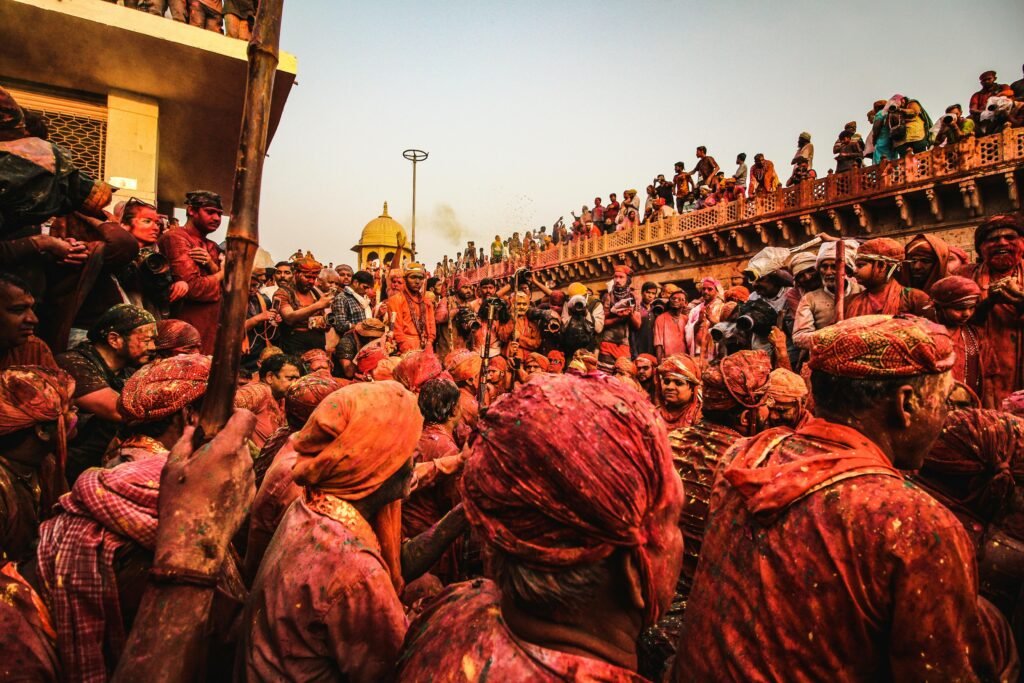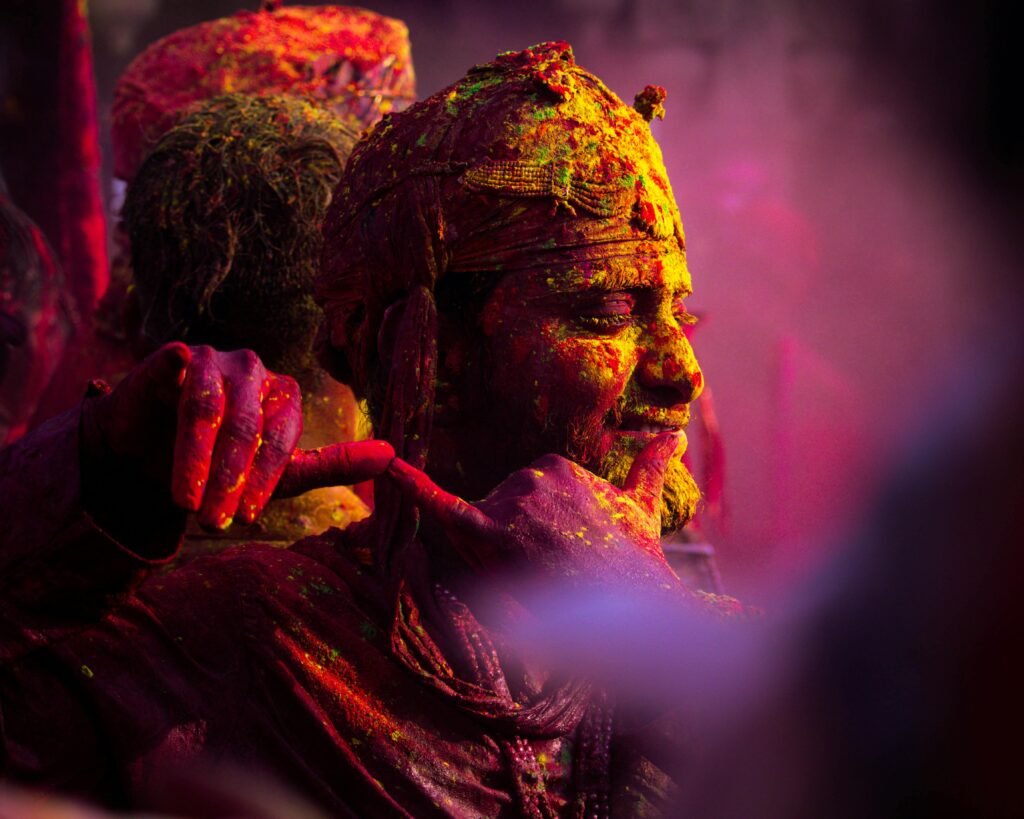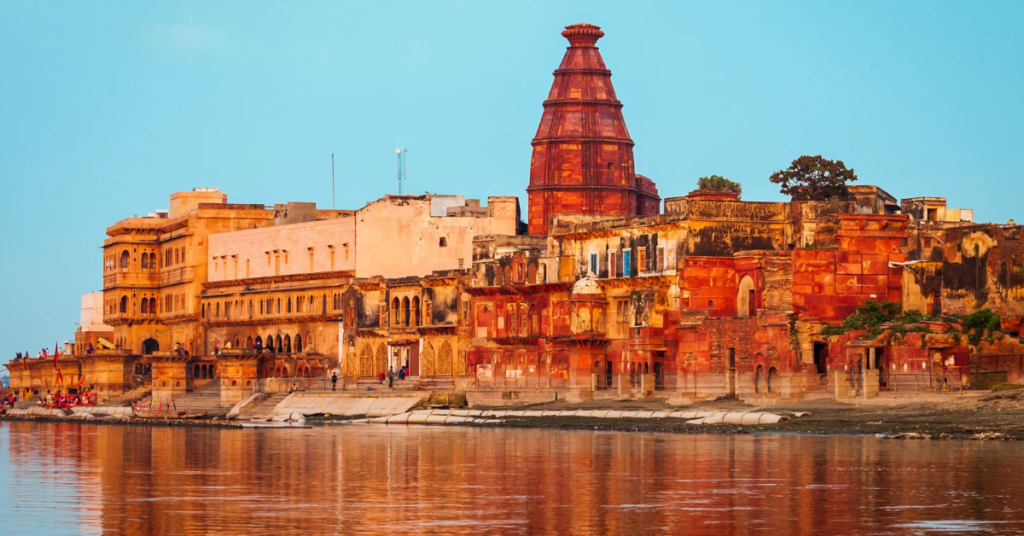
Introduction: Why Research Matters Before Visiting Temples
When exploring sacred spaces, understanding the top factors to consider when visiting a new temple enriches your experience. Temples are not just places of worship but gateways to India’s rich spiritual and cultural past. Each temple narrates stories from ancient scriptures, like how Lord Rama’s devotion is reflected in the architecture of Rameshwaram Temple.
Temples hold immense historical, artistic, and religious importance. The Brihadeeswarar Temple in Tamil Nadu showcases Chola-era architectural brilliance, while the Jagannath Temple in Puri hosts millions of devotees during the Rath Yatra. Knowing such details before visiting deepens your appreciation.
When you understand a temple’s history, location, and cultural relevance, every ritual feels more meaningful. Imagine watching the evening aarti at Varanasi’s Kashi Vishwanath, knowing its connection to Lord Shiva’s cosmic dance. These insights allow you to connect emotionally and spiritually with the surroundings.
Additionally, awareness of temple customs and etiquette ensures that you respect traditions. Learning about the offerings, rituals, and local beliefs enhances your understanding. Whether it’s offering flowers at Vaishno Devi or observing silence at Kedarnath, such knowledge adds a deeper dimension to your visit.
A well-informed temple visit transforms an ordinary journey into a spiritually rewarding experience, leaving lasting impressions on your heart.
Location: More Than Just Geographic Coordinates
When exploring the top factors to consider when visiting a new temple, location plays a crucial role. Many temples are built in breathtaking natural settings that enhance their spiritual aura. Kedarnath Temple, nestled in the Himalayas, symbolizes Lord Shiva’s meditative solitude. Similarly, Triveni Sangam in Prayagraj, where the Ganga, Yamuna, and Saraswati converge, is believed to purify the soul.
Urban and rural temples offer vastly different experiences. Visiting a bustling city temple like Mumbai’s Siddhivinayak gives you the thrill of vibrant devotion amid crowds. On the other hand, rural temples like Lepakshi in Andhra Pradesh, surrounded by serenity, allow for quiet contemplation. Each offers a unique glimpse into India’s spiritual diversity.
The surrounding landscape often complements the temple’s design and purpose. Temples built near rivers, such as the Kashi Vishwanath Temple on the banks of the Ganga, facilitate rituals that involve water purification. Hilltop temples like Vaishno Devi inspire a sense of devotion through their challenging journeys, mirroring the hardships of spiritual growth.
Accessibility is another key factor to consider. Some temples, like Meenakshi Temple in Madurai, are easily accessible by road, while others like Amarnath require strenuous trekking. If you’re traveling with elders or children, it’s wise to check for transportation, facilities, and accommodations nearby.
Understanding a temple’s location helps you prepare better for the visit, ensuring comfort while deepening your spiritual connection. Whether scaling mountains to seek divine blessings or soaking in the tranquility of riverside shrines, the journey becomes as fulfilling as the destination.
Historical Context: Understanding a Temple’s Timeline
When exploring the top factors to consider when visiting a new temple, understanding its history brings the journey to life. Many temples were built by powerful dynasties and royal patrons. The Brihadeeswarar Temple in Tamil Nadu, built by Raja Chola I in 1010 AD, reflects the grandeur of the Chola Empire. Similarly, the Sun Temple at Konark was commissioned by King Narasimhadeva I of the Eastern Ganga dynasty.
Historical events often shape a temple’s legacy. The Somnath Temple, known for its resilience, was destroyed and rebuilt multiple times, symbolizing unwavering faith. The Kashi Vishwanath Temple, rebuilt by Ahilyabai Holkar in the 18th century, continues to attract millions of devotees. Knowing these historical events helps you appreciate the temple’s significance beyond its physical form.

Temples undergo renovations over time, reflecting changing architectural styles and patronage. The Jagannath Temple in Puri has seen numerous additions, each contributing to its present-day splendor. Temples like Madurai’s Meenakshi Temple have undergone extensive restorations to preserve their original charm. Recognizing these changes highlights the community’s efforts to safeguard cultural heritage.
To delve deeper into a temple’s history, you can explore ancient texts, local legends, and inscriptions. Many temples maintain records of their origins and historical milestones. Online resources, guidebooks, and documentaries also offer rich insights. Speaking with locals often uncovers lesser-known anecdotes and legends.
Understanding a temple’s timeline adds depth to your visit, allowing you to witness not just stone and structure, but the echoes of history. Whether tracing the footsteps of kings or marveling at centuries-old craftsmanship, this knowledge transforms a temple visit into a journey through time.
Cultural and Religious Significance
When exploring the top factors to consider when visiting a new temple, understanding its cultural and religious significance is essential. Temples often serve as the heart of local community life, bringing people together during daily prayers and grand celebrations. The Madurai Meenakshi Temple, for instance, hosts elaborate marriage ceremonies, symbolizing the divine union of Goddess Meenakshi and Lord Sundareswarar.
Most temples are dedicated to specific deities, each with a unique story and spiritual importance. The Tirupati Balaji Temple honors Lord Venkateswara, believed to be an incarnation of Lord Vishnu, who grants devotees’ wishes. Similarly, the Dakshineswar Kali Temple in Kolkata reveres Goddess Kali, the destroyer of evil and protector of devotees.
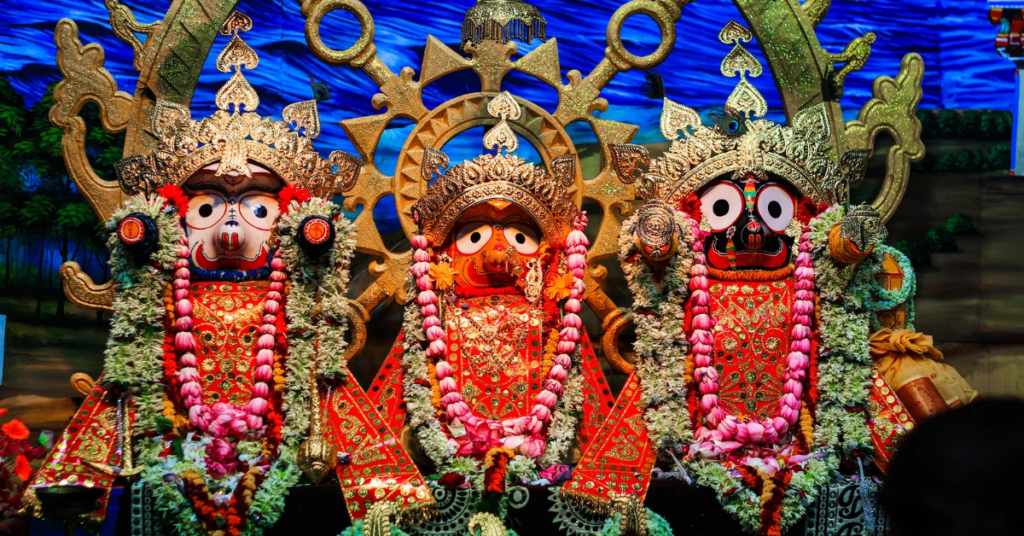
Annual festivals breathe life into temple traditions. The Jagannath Rath Yatra in Puri draws millions of devotees, eager to witness Lord Jagannath’s chariot procession. During Navratri, the Vaishno Devi Temple becomes a hub of devotion as pilgrims undertake the sacred trek to seek the Goddess’s blessings.
Many temples also have cultural practices unique to their traditions. At the Guruvayur Temple in Kerala, elephants participate in daily rituals, symbolizing respect and reverence. In Tamil Nadu’s Srirangam Temple, the recitation of the Divya Prabandham during festivals adds a devotional charm.
Exploring a temple’s cultural significance helps you appreciate its role beyond a place of worship. You witness faith, tradition, and devotion woven into the community’s everyday life. These insights make your visit not just a spiritual experience but also a cultural journey through India’s diverse traditions.
Architectural Elements to Appreciate
When exploring the top factors to consider when visiting a new temple, paying attention to its architecture enhances your experience. Temples across India showcase distinct regional styles. Dravidian architecture, seen in Tamil Nadu’s Meenakshi Temple, features towering gopurams and intricate carvings. In contrast, Nagara architecture, found in Odisha’s Sun Temple, highlights curvilinear spires and ornate details.
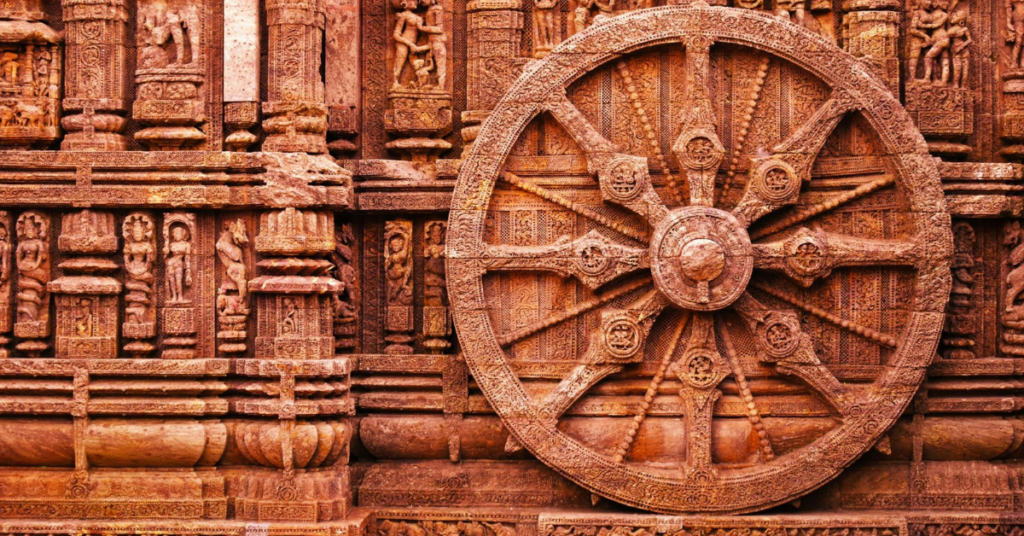
Temple designs often hold symbolic meanings. The towering shikhara represents the connection between earth and heaven. The sanctum sanctorum (garbhagriha), where the deity resides, symbolizes the universe’s core. The layout of temples like the Brihadeeswarar Temple mirrors the cosmic order, reflecting ancient Hindu beliefs.
Artistic elements add to a temple’s beauty. Magnificent sculptures at Khajuraho’s temples narrate stories from Hindu epics. Murals in Kerala’s Padmanabhaswamy Temple depict mythological scenes with vibrant colors. The intricate carvings on Belur’s Chennakesava Temple display fine craftsmanship and devotion.
Comparing temples in the same region offers interesting insights. While the Jagannath Temple in Puri reflects Kalinga architecture, nearby Konark’s Sun Temple stands out for its chariot-shaped design. Exploring these differences deepens your understanding of regional artistry and craftsmanship.
Appreciating a temple’s architectural features helps you connect with the devotion and creativity of ancient artisans. As you marvel at these timeless structures, you witness stories carved in stone and devotion etched in every detail.
Visitor Etiquette and Practical Considerations
When exploring the top factors to consider when visiting a new temple, following proper etiquette ensures a respectful and fulfilling experience. Dressing appropriately is essential. Men should wear traditional attire or modest clothing, while women should opt for sarees, salwar suits, or covered outfits. Many temples, like the Padmanabhaswamy Temple in Kerala, enforce a strict dress code to maintain sanctity.
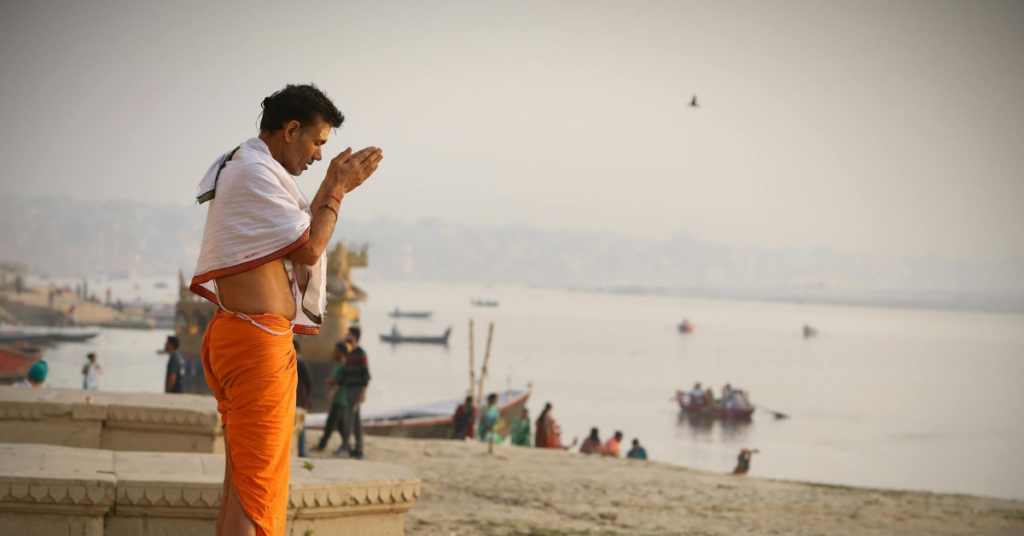
Photography rules vary by temple. While some temples allow photography in outer premises, most prohibit it inside the sanctum sanctorum. At the Golden Temple in Amritsar, photography is restricted to preserve the spiritual atmosphere. It’s best to check and respect local guidelines before clicking pictures.
Timing your visit enhances the experience. Early mornings and late evenings offer a serene atmosphere and pleasant weather. For major temples like Tirupati Balaji, visiting during weekdays helps avoid crowds. Festivals and aarti timings, such as the Ganga Aarti in Varanasi, offer a magical ambiance worth witnessing.
Offering and donation practices are part of temple traditions. Devotees offer flowers, coconuts, and prasad as a mark of devotion. Donations support temple maintenance and community services. At Siddhivinayak Temple in Mumbai, offerings are believed to fulfill wishes, making contributions spiritually rewarding.
Being mindful of these practical aspects allows you to immerse yourself fully in the spiritual and cultural essence of a temple visit. Your respectful behavior and awareness ensure a memorable and enriching experience.
Best Time to Visit and Practical Tips
When exploring the top factors to consider when visiting a new temple, timing your visit makes a huge difference. The best seasons are usually winter and early spring when the weather is pleasant. For instance, visiting Kedarnath Temple during summer ensures safer trekking conditions and a comfortable experience. Avoid monsoon seasons, as heavy rains can make travel difficult.
Daily aartis and rituals add a magical touch to your temple visit. The evening Ganga Aarti at Varanasi’s Dashashwamedh Ghat is a mesmerizing experience. Similarly, the early morning Mangala Aarti at Tirupati Balaji fills the air with devotion. Knowing these timings in advance lets you plan better and witness these spiritually enriching ceremonies.
Accommodations and amenities near famous temples are often well-developed. Places like Vaishno Devi and Tirupati offer dharamshalas, budget lodges, and luxury hotels for all preferences. Many temples also have prasad counters, cloakrooms, and rest areas to ensure a comfortable visit.
Planning ahead helps you enjoy your journey smoothly while soaking in the divine energy of the temple. A well-timed and well-prepared visit transforms your pilgrimage into a memorable spiritual adventure. Read the blog, Best Times to Visit a Temple : A Guide to Peaceful Darshan to get detailed information about best timings to visit the temple.
Exploring Nearby Attractions
When exploring the top factors to consider when visiting a new temple, don’t miss nearby attractions that enhance your journey. Many temples are surrounded by other spiritual landmarks. Visiting Rameshwaram? You can also explore Dhanushkodi, believed to be the spot where Lord Rama built the Ram Setu. Similarly, after seeking blessings at Kedarnath, a trip to Badrinath completes the sacred Char Dham pilgrimage.
Local cultural experiences make your visit even more enriching. In Varanasi, attending a classical music performance along the ghats deepens your connection to the city’s heritage. While visiting Madurai’s Meenakshi Temple, exploring the bustling street markets introduces you to vibrant South Indian culture.
Including these experiences allows you to explore not just spiritual wonders but also the culture and history surrounding the temple. It turns your temple visit into a well-rounded and memorable adventure.
Conclusion
Understanding the top factors to consider when visiting a new temple ensures a more meaningful and enriching experience. When you know the temple’s history, appreciate its architecture, and follow proper etiquette, your visit becomes spiritually rewarding. Exploring nearby attractions and participating in local traditions adds depth to your journey.
Respecting traditions shows reverence for the sacred space and its timeless rituals. Whether offering prayers at Tirupati or witnessing the Ganga Aarti in Varanasi, your respect enhances the spiritual connection.
To make your visits smoother, consider using the Divyakripa app for detailed information on temple rituals, nearby attractions, and practical tips. The app also helps you explore India’s spiritual heritage with insights on festivals, offerings, and temple legends.
With a little preparation and respect for traditions, you transform your temple visit into a soulful journey that leaves lasting memories.

